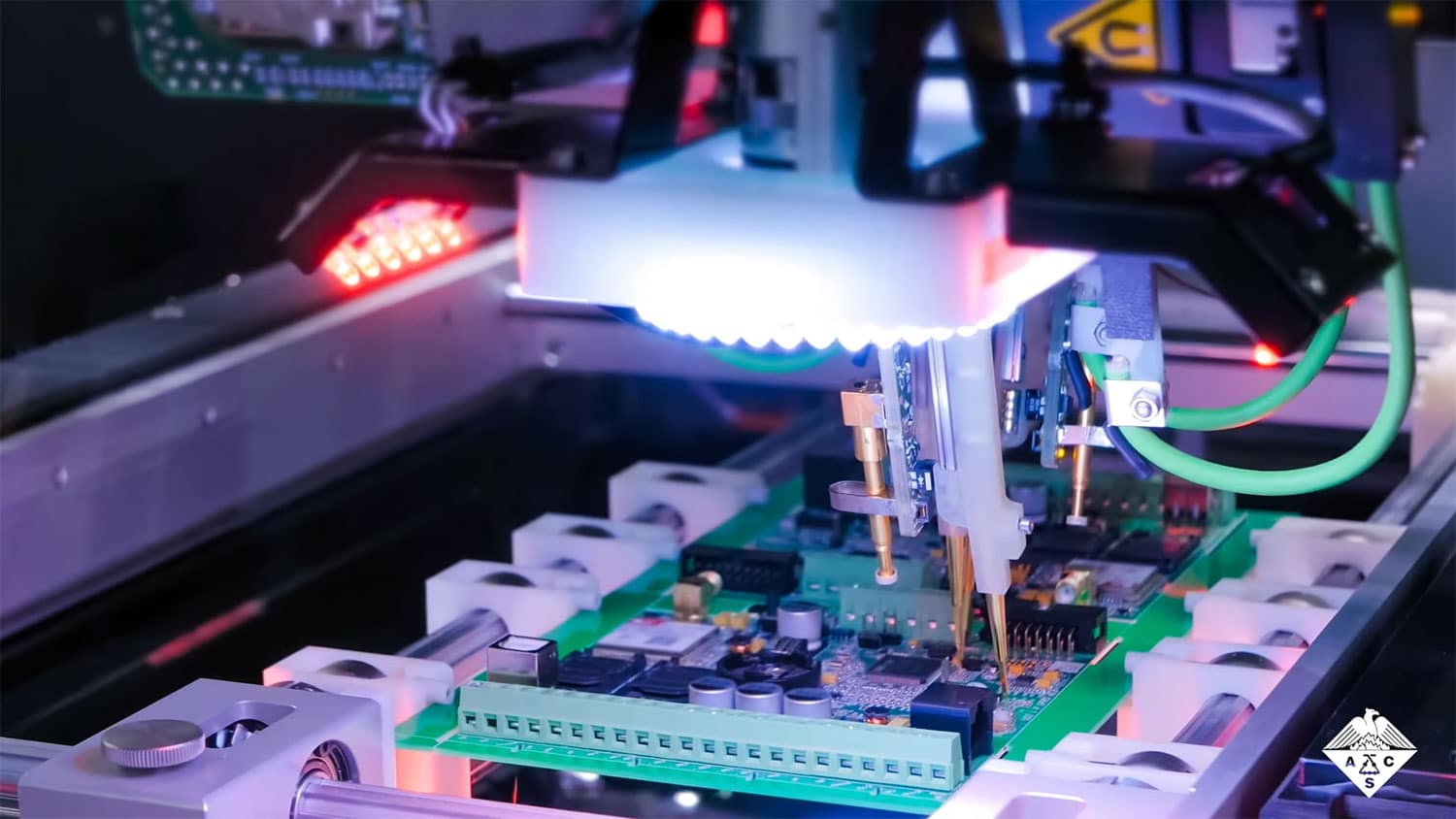
Researchers from Tianjin University have developed a technique for putting printable circuits on any fabric, plastic, and even fruits.
Electronics continue to evolve, and so too do the circuit boards that control them. Most boards used today are rigid and built on solid fiberglass backings. As electronic systems are integrated into floppy, and pliable items, such as clothing and soft robots, electronics need to be flexible too. This has led to increased interest in liquid metal circuits. One way to make these devices is to print them out with a modified inkjet or 3D printer, but these methods require complicated steps and sophisticated equipment. This makes the resulting devices expensive and unsuitable for large-scale manufacturing.
To make the fabrication process quicker, easier and cheaper, researchers developed a method of creating liquid metal circuitry using a desktop laser printer that could place the electronics onto many types of surfaces.
To create a circuit, they printed out a connected design onto heat-transferrable thermal paper with an ordinary laser printer. The printer laid down a carbon-based toner, which was transferred to a pane of glass by heating it. These toner patterns roughened the surface and created a hydrophobic gap of air between the carbon and the liquid metal.
This prevented the metal from sticking when brushed on top, so the electronic ink-based pattern only adhered to the exposed parts of the surface. This circuit could then be stuck directly to a smooth surface, such as a plastic soda bottle, ukuleles, and teacups. If the surface was too uneven, like the bumpy skin of an orange, the device was first placed on a piece of flexible plastic, then onto the rougher surface.
However, regardless of how they were attached, the simple electronics all functioned as intended on their various substrates – from displaying images, to RFID tagging, to sensing temperature and sound. The researchers say that this protocol should greatly expand the applications of liquid metal circuits.
Journal reference:
- Rui Guo, Tianyu Li, Ziyue Wu, Chunxue Wan, Jing Niu, Wenxing Huo, Haixia Yu, and Xian Huang. Thermal transfer-enabled rapid printing of liquid metal circuits on multiple substrates. ACS Applied Materials & Interfaces, 2022; DOI: 10.1021/acsami.2c08743
New technique prints circuits on plastic, fabric, and even fruits
Source: Tambay News

0 Comments